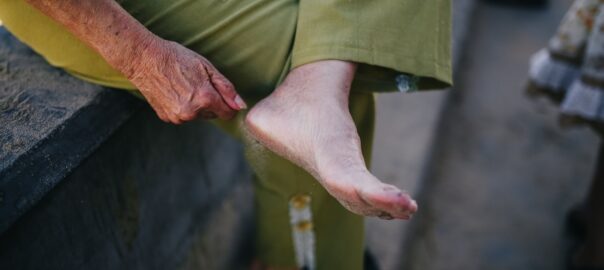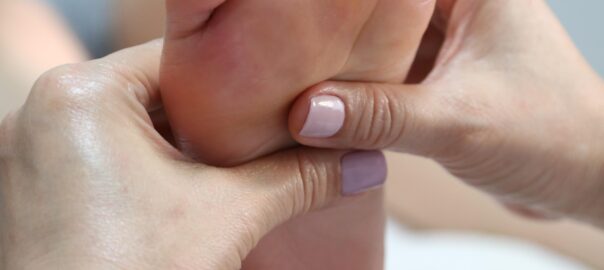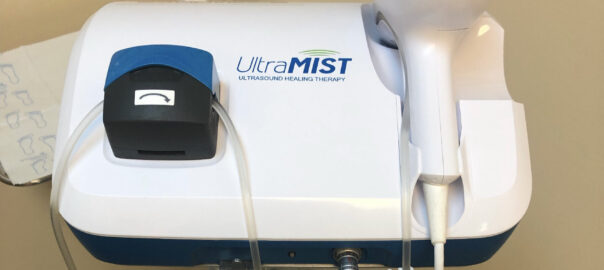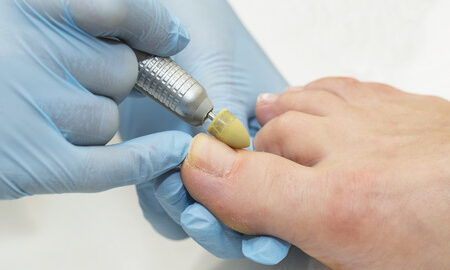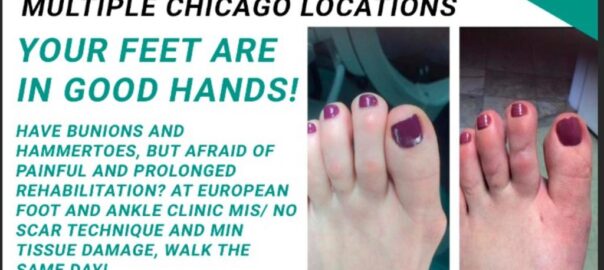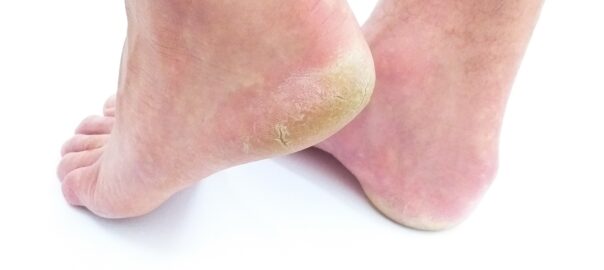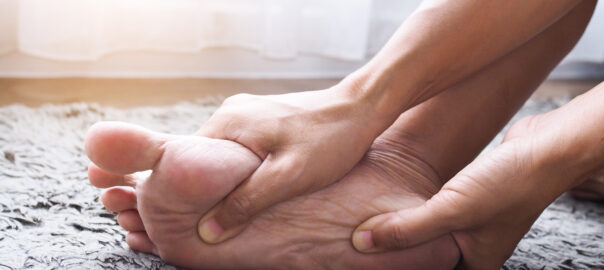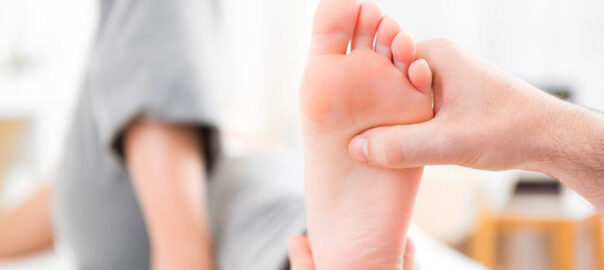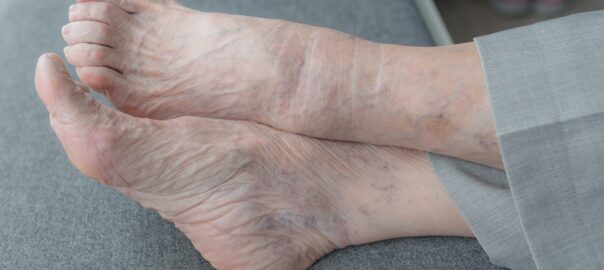Foot and Ankle Arthritis
Arthritis is a condition that causes inflammation and stiffness in joints. Foot and ankle arthritis specifically affect the joints in the foot and ankle, causing pain and difficulty in movement.
There are several types of arthritis that can affect the foot and ankle, including osteoarthritis, rheumatoid arthritis, and post-traumatic arthritis.
Osteoarthritis is the most common type of arthritis, and it is caused by wear and tear on the joints over time. Rheumatoid arthritis is an autoimmune disorder that causes inflammation in the joints, and post-traumatic arthritis can develop after an injury or trauma to the foot or ankle.
Symptoms of foot and ankle arthritis include pain, swelling, stiffness, and difficulty walking or performing daily activities. Treatment options may include non-surgical interventions, such as physical therapy, medication, and the use of orthotics or braces, or surgical interventions, such as joint replacement surgery.
It is important to consult with a healthcare professional for an accurate diagnosis and appropriate treatment plan for foot and ankle arthritis.
How does arthritis affect the foot and ankle?
Each foot has 28 bones and more than 30 joints. The most common foot joints that arthritis affects are:
- The joint where the ankle and shinbone meet.
- The 3 joints of the foot that involve the heel bone, the inner mid-foot bone, and the outer mid-foot bone.
- The joint of the big toe and foot bone.
If you have a foot pain, call us today: 773-205-0106


